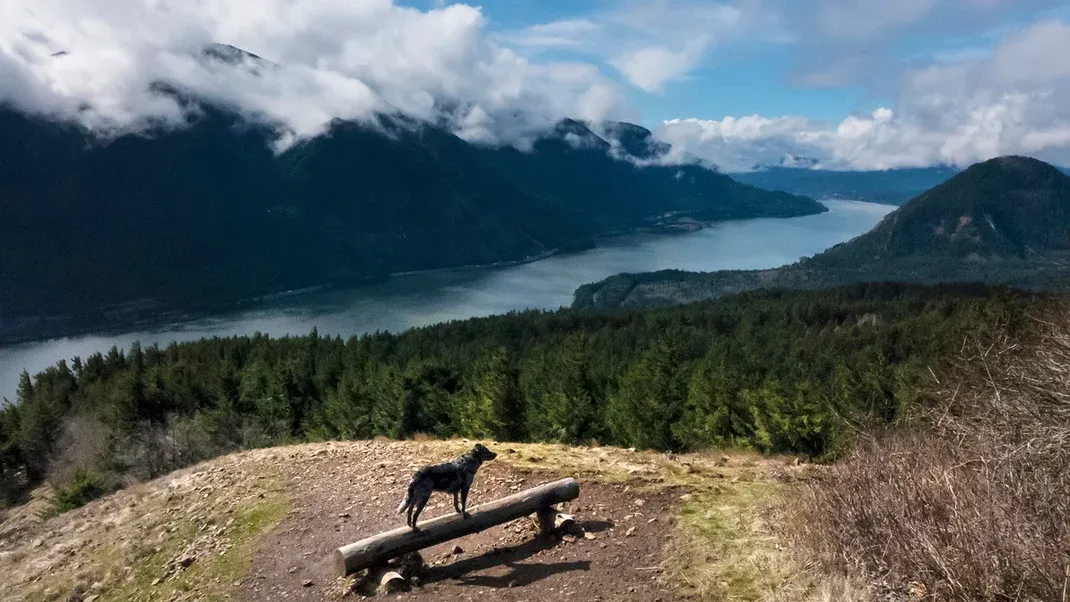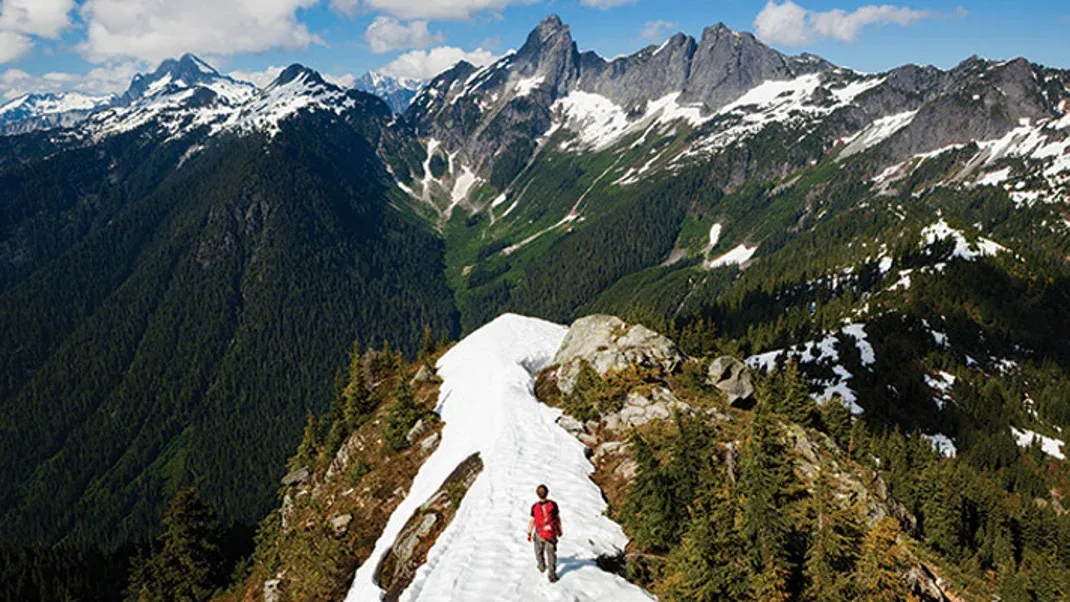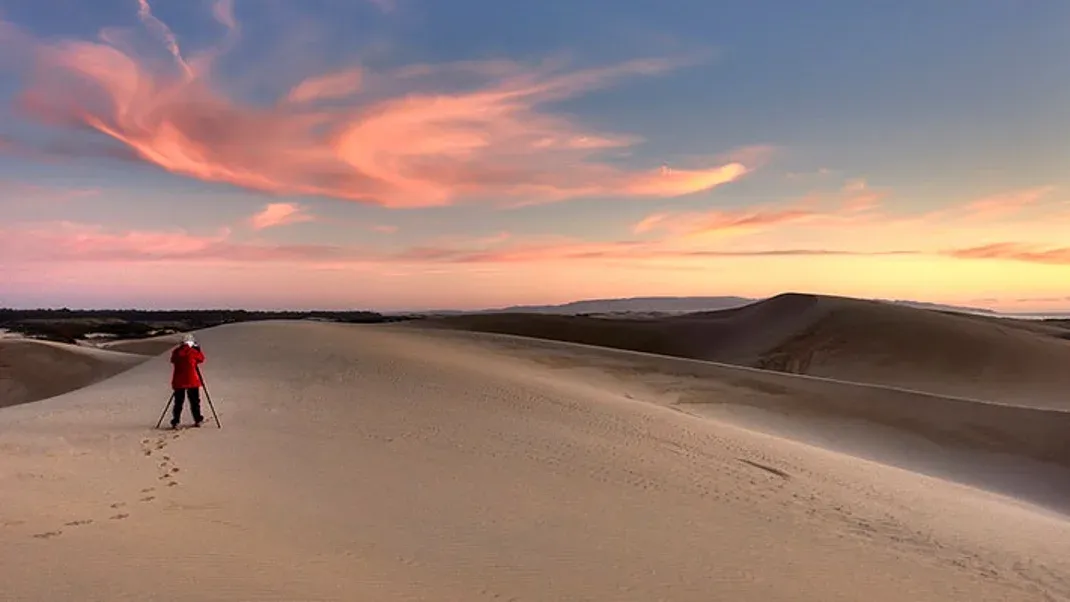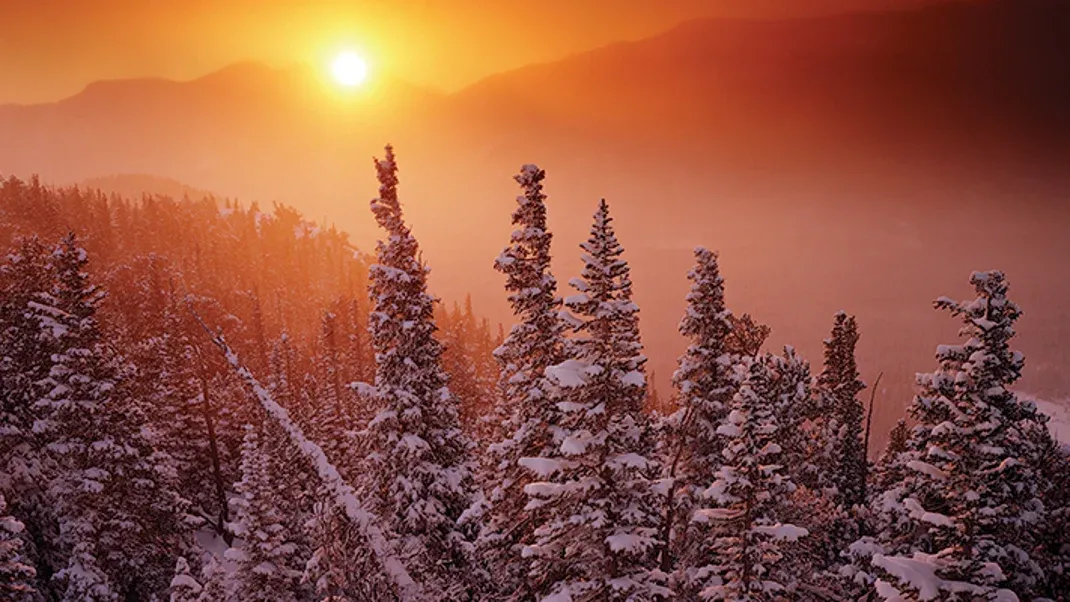How to Photograph the Solar Eclipse
Photographing a solar eclipse requires special equipment and techniques to capture the rare event safely and effectively. To photograph a solar eclipse, you will need a solar filter to protect your camera and your eyes from the intense light of the sun. It is important to set up your camera on a tripod to keep it steady and use a remote shutter release to minimize camera shake. During the eclipse, use a long telephoto lens to zoom in on the sun and capture the details of the eclipse. Additionally, consider your location and the surrounding environment to compose your shot with interesting foreground elements. Always remember to never look directly at the sun without proper eye protection.
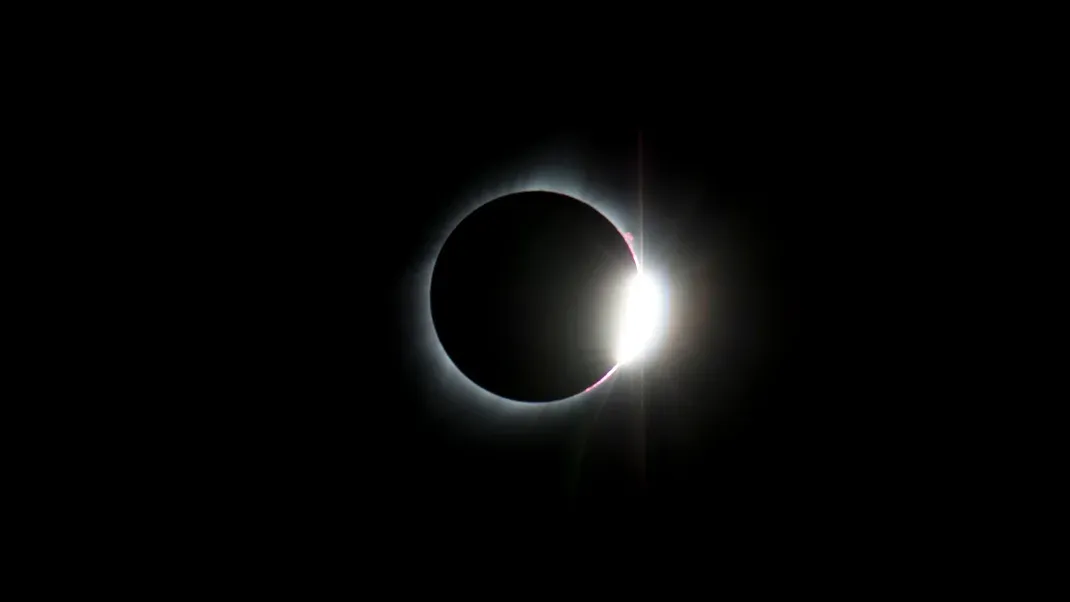
Photographing a solar eclipse can be an exhilarating and challenging experience for any photographer. The solar eclipse is a rare and awe-inspiring event that occurs when the moon passes between the sun and the earth, casting a shadow on the earth's surface. Capturing this phenomenon through photography requires careful planning, the right equipment, and a good understanding of the technical aspects of photography.
Before attempting to photograph a solar eclipse, it is important to understand the risks involved. Looking directly at the sun, even during an eclipse, can cause permanent damage to the eyes. Therefore, it is imperative to use proper eye protection and camera filters designed specifically for solar viewing. These filters must meet the ISO 12312-2 international safety standard to ensure they provide adequate protection from the sun's harmful rays. It is also important to never look through the viewfinder of a camera at the sun without proper protection.
Once the safety measures are in place, the next step is to choose the right location for photographing the solar eclipse. The ideal location would be an open area with an unobstructed view of the sky, such as a field or a mountaintop. It is also essential to consider the weather conditions, as clouds can obstruct the view of the eclipse. Planning ahead and choosing a location with a clear sky will greatly increase the chances of capturing stunning eclipse photos.
When it comes to equipment, a DSLR or mirrorless camera with a telephoto lens is ideal for photographing a solar eclipse. A telephoto lens with a focal length of at least 300mm will allow for close-up shots of the sun and the moon during the eclipse. A sturdy tripod is also essential to keep the camera steady during the long exposures required for eclipse photography.
To capture the eclipse in its entirety, it is important to use a solar filter on the camera lens. Solar filters are specifically designed to reduce the intensity of the sun's light and prevent damage to the camera sensor. These filters come in various forms, including screw-on filters and solar film, and can be easily attached to the camera lens.
Proper exposure settings are crucial for capturing the solar eclipse effectively. The camera should be set to manual mode to have full control over the exposure settings. A low ISO setting, such as ISO 100 or 200, will help reduce noise in the images. The aperture should be set to a small f-stop, such as f/8 or f/11, to ensure a sharp focus on the sun. The shutter speed will vary depending on the phase of the eclipse, but generally, a fast shutter speed is necessary to prevent overexposure.
Focusing is another critical aspect of eclipse photography. It is important to manually focus the camera on the sun to ensure sharp and clear images. Using live view mode on the camera's LCD screen can make it easier to achieve precise focus. It is also advisable to use the camera's magnification feature to zoom in on the sun and fine-tune the focus.
During the eclipse, it is essential to continuously monitor and adjust the exposure settings to account for changes in the light conditions. As the moon moves across the sun, the intensity of the light will change, requiring adjustments to the camera settings. It is also important to take regular breaks and review the images to ensure that the exposure and focus are on point.
Capturing the solar eclipse in its entirety requires planning and patience. It is important to arrive at the chosen location well in advance to set up the equipment and make any necessary adjustments. It is also advisable to scout the location beforehand to find the best vantage point for capturing the eclipse.
In summary, photographing a solar eclipse can be a challenging yet rewarding experience for any photographer. It requires careful planning, the right equipment, and a good understanding of the technical aspects of photography. By following the safety precautions, choosing the right location, using the proper equipment, and mastering the exposure settings, photographers can capture stunning images of this rare celestial event. With patience and perseverance, photographers can immortalize the beauty and wonder of a solar eclipse through their photographs.

